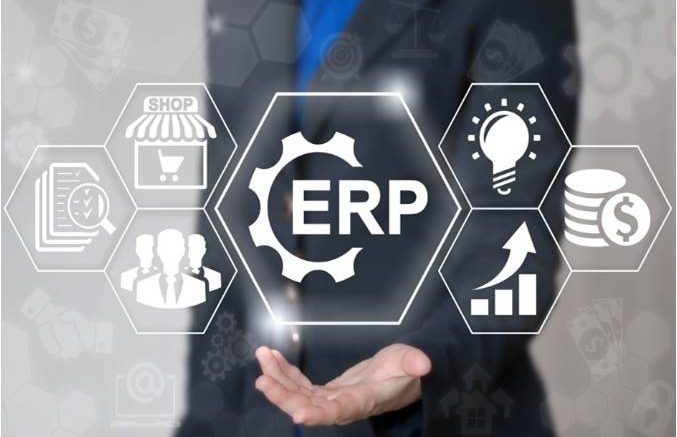Implementing a new ERP platform is not an easy task. Even after you’ve built, customized, installed, and begun using your new ERP solution, your job isn’t over. You have to encourage your employees and colleagues to actually use your new ERP system – and take advantage of all of its benefits.
This is a harder task than it sounds. Adoption of new software is usually a fairly slow process – and if you’re implementing a large, enterprise-scale ERP system, there’s going to be a lot for your colleagues, coworkers, and employees to learn.
So in this article, we’ll take a look at 5 easy tips you can use to help streamline the adoption of your new ERP system. By following this advice, you’ll be able to move the process along more quickly, and enjoy a more streamlined, agile business.
- Involve The Right People From The Beginning
When implementing an ERP system, you’ll need to involve people from many different areas of your business, and consult with them to learn more about what it is they do, and how your ERP implementation can help.
Working alongside these individuals, you should choose the ERP modules that are going to be the most effective and useful for their jobs. By involving Subject Matter Experts (SMEs) from every branch of your business, you can gain a deeper understanding of their needs, and how you can design your ERP system to address them.
This has another added benefit. These SMEs who you will be consulting with will be trained on your new ERP platform – specifically, with the software functions they will use in their own department.
This means that each of your departments will have a specialist who deeply understands your ERP – and this individual can help support others who are still learning the basics.
- Consider A “Phased Approach”
If you’re implementing a large-scale ERP, you may want to consider using a “phased approach” to ERP deployment. In the phased approach, you’ll begin with only basic, core ERP functionality.
Then, you can begin training your employees on how to use this ERP. Over time, as they become more familiar with the system, you can begin phasing in new modules and systems that are department-specific.
This allows your employees to learn more gradually, and understand the basics behind your ERP system before they have to learn how to use more complex, feature-rich software modules.
- Keep It Simple
When designing your ERP platform, you should try to minimize extraneous or unnecessary features, and streamline the user interface for each department that uses the platform.
For example, a Human Resources worker is not going to need access to an Inventory Management module. So why should they have access to it? The same logic applies throughout your entire ERP platform. If an employee doesn’t need access to a particular module, they shouldn’t have to learn about it.
By focusing only on the modules that employees will use regularly, you can familiarize your workers with your ERP system more quickly, and ensure that they understand the basic functionality of your new ERP implementation.
- Training Is Always Worth The Investment
End users need training when you implement a new ERP implementation. We know that it’s often hard to get your users to break away from their work for training sessions, but it’s worth it.
Think about it – 10 hours of training can easily save hundreds of hours of frustration, if employees are educated about the basic features of your ERP platform, and how to use them. Instead of forcing your employees to stumble through your new ERP implementation using trial and error, you can equip them to use it effectively from day 1 of launch.
Invest in training – whether it’s through online eLearnings, classroom instruction, documentation, or any other method. It will pay off, in the end.
Follow These 4 Tip For ERP Success!
Though implementing an ERP is a huge project, it’s well worth the investment of time and money. With the right ERP, you can streamline your business processes, gain valuable business insights, and ensure that your employees have all of the tools they need to do their jobs more effectively.
So think about these 4 tips if you’re implementing an ERP program, and get started on the path towards ERP success!



Be the first to comment on "4 Easy Tips To Streamline ERP Adoption"